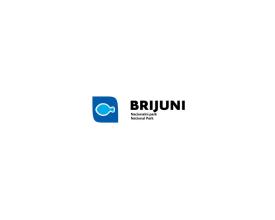
Self-generated revenue mechanism in a Marine Protected Area

The Brijuni National Park has been created in 1983 and is 100% state owned. It is composed of 14 islands and islets with a total area of 3395 ha of which 80% are sea, and has not had any permanent inhabitants since 1961. The National Park has around 240 employees (300 in summer) and is visited by more than 150,000 visitors per year. The current annual budget of approximately 7 million Euros needed to run the National Park is 100% covered by self-generated revenues:
3% sales of goods, 77% services (hotels, excursions, entrance fees and others including restaurants, snorkeling underwater trails ...), 4% property incomes, 10% donations, and 6% others sources.
Impacts
The self-generated revenues of the National Park summed up to 7.91 million Euros in 2009, which enabled the Park to be 100% financially independent.
Still, there are plans to further broaden the source of revenues through e.g.: entrance fees (visitors, boats, ...). Marketing of the MPA (TV, radio, papers...), a good souvenir program, providing easy day trips, give in concession everything that is not the core business of the Park (hotels, restaurants, scuba diving, golf, boat excursions around the islands...), hire specific staff responsible for project development and funding, ask higher provision from tourist agencies, provide better sport offers, and so on.






